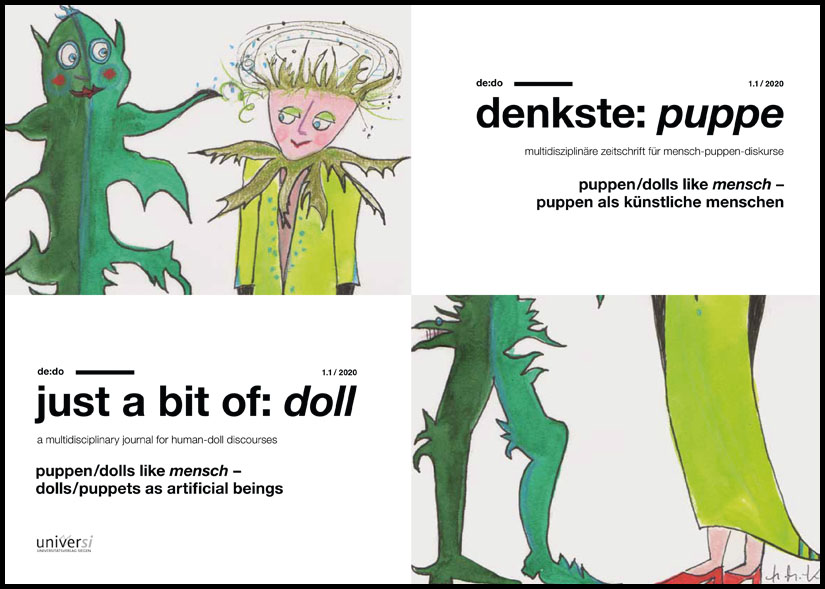Sex-Dolls and War-Machines: Artificial Binary Gendering in Current Android Technology
Keywords:
gender, android, sex-doll, war-machine, posthumanismAbstract
Using the example of military and erotic industry androids, the paper examines the regression of newly established and emerging android technologies to binary gendering in order to establish their products as humanoid. The android is a concept with a surprisingly old and diverse tradition in the history of art and literature. It has a significant impact on present time technological progress and the public discourse thereof. Its growing impact provides an opportunity to examine gender in the context of technological human self-mimesis. The traceable gender-division in the utilisation of assigned female and male androids in several hundred years of android-themed fiction precedes the same implementation of gendering in real-life android technology; establishing a clear distinction between female robots for erotic and male robots for violent purposes.
Downloads
Published
How to Cite
Issue
Section
License
Copyright (c) 2020 Bettina Vitzthum

This work is licensed under a Creative Commons Attribution-ShareAlike 4.0 International License.



